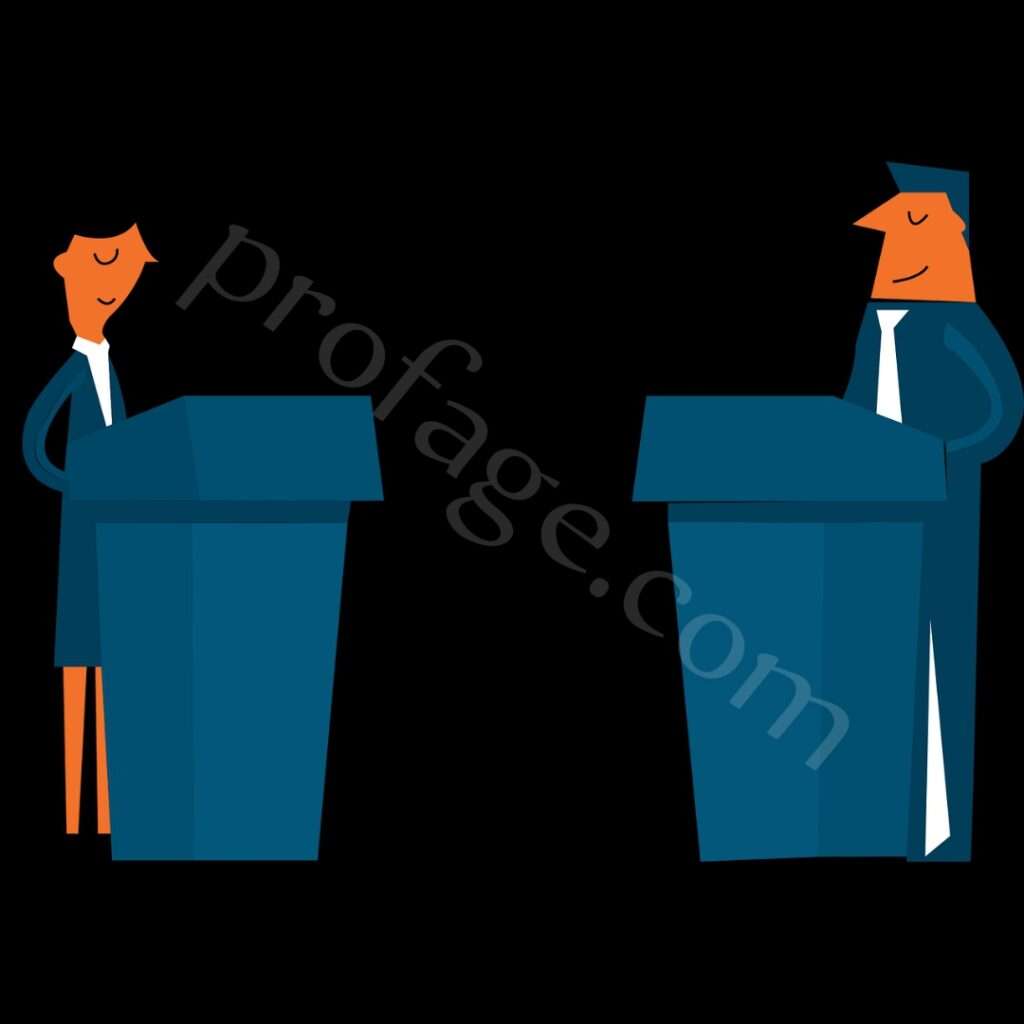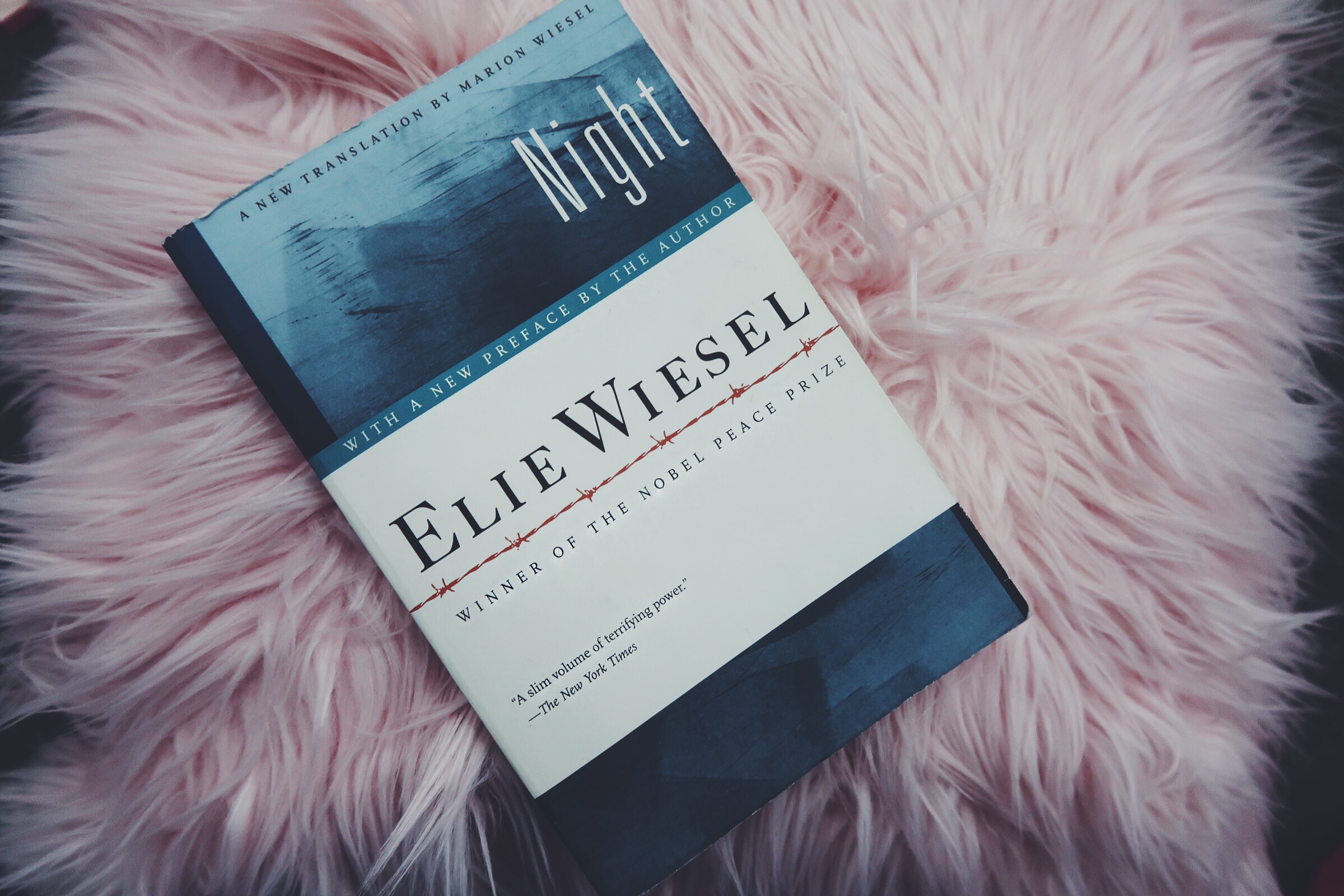There exists a subgenre of literature that not only entertains but also challenges, provokes thought, and sparks discourse; argumentative literature. This form of literature employs rhetoric and persuasive elements to convey a particular viewpoint, encouraging readers to engage critically with the text.
What is Argumentative Literature?
Argumentative literature, otherwise sometimes referred to as persuasive or polemical literature, is a genre that employs various literary techniques to present and defend a specific argument or point of view.
Literature is a broad field with several arms known as genres as well as subgenres, including essay, under it. Since essay writing is a form of prose writing, we cannot help but have argumentative literature in the literary world.
Argumentative essays come under prose. Prose comes under literature, therefore both argumentative essay and argumentative literature are interchangeable and only have a very innocuous difference.
As a corollary, argumentative literature is another way to say argumentative essays, especially when referring to works that exceed the scope of essay.
Unlike traditional fiction, which primarily focuses on narrative and character development, argumentative literature seeks to influence the reader’s beliefs or standpoints.
Argumentative literature meaning or concept is not far-fetched or difficult to grasp.
If you already know what an argumentative essay is, you may only need to see some literary techniques peculiar to argumentative literature and typical examples of the genre for a better understanding.
Literary Techniques Peculiar to Argumentative Literature
- Rhetorical Devices
Argumentative literature relies heavily on certain rhetorical devices like ethos, pathos, and logos.
Ethos establishes the author’s credibility, pathos appeals to the reader’s emotions, and logos; appeals to logic and reason. This makes authors of argumentative works bear in mind that coherence in their premises is highly essential.
By strategically integrating these elements, writers create a compelling case for their viewpoint.
- Characterization and Dialogue
Characters in argumentative literature often embody specific ideologies or worldviews. Through their interactions and dialogues, authors can articulate and defend their arguments, providing readers with diverse perspectives to consider.
- Symbolism and Allegory
Symbolism and allegory are powerful tools in argumentative literature. By imbuing objects, events, or characters with symbolic meaning, authors can convey complex ideas and stimulate deeper reflection.
This technique is rife in the Christian’s Holy book, the Bible. It is what most stories are told in.
Also Check Out: Is the Bible fiction or nonfiction?
- Narrative Structure
While argumentative literature is primarily focused on making a persuasive case, it still relies on a well-structured narrative to engage the reader. This might involve incorporating elements of plot, setting, and character development to provide context for the argument.
- Enduring Impact
Argumentative literature has played a pivotal role in shaping societies and influencing cultural discourse. Works like Harriet Beecher Stowe’s “Uncle Tom’s Cabin” have catalyzed social and political change by highlighting pressing issues and advocating for reform, causing positive transformation.
While argumentative literature holds the potential to cause change, it is not without its controversies. Critics argue that the genre can be manipulative, potentially exploiting emotions and biases to sway opinions.
To wrap up, with argumentative literature, authors navigate the intricate terrain of human beliefs and convictions through the skillful use of certain literary techniques.
Examples of Argumentative Literature
Owing to the features the following books share in common with argumentative writings, they’re some typical examples you need to look out.

- 1984 by George Orwell
Yes, this George Orwell’s mighty book that starts with a whimsical portrait. A dystopian novel that critiques totalitarianism, mass surveillance, and the manipulation of truth. Orwell uses vivid language to paint a bleak picture of a society dominated by a repressive government.
- Uncle Tom’s Cabin by Harriet Beecher Stowe
A novel that played a profound role in the abolitionist movement. Stowe’s portrayal of the harsh realities of slavery aimed to sway public opinion against the institution.
- The Communist Manifesto by Karl Marx and Friedrich Engels
A political pamphlet that outlines the basic principles of communism and critiques the capitalist system. It calls for a classless society and the overthrow of the bourgeoisie.
- A Modest Proposal by Jonathan Swift
A satirical essay in which Swift suggests that impoverished Irish families sell their infants as a source of food to wealthy English landowners. Swift’s biting satire highlights the exploitation of Ireland by England.
- The Feminine Mystique by Betty Friedan
A significant work in the feminist movement, this book argues against the societal expectations placed on women to find fulfillment solely through marriage and motherhood. It sparked second-wave feminism in the United States.
- The Souls of Black Folk by W.E.B. Du Bois
A collection of essays that addresses the social and political issues facing African Americans in the United States. Du Bois argued for equal rights and advocates for education as a means of empowerment. By the way, it is a good read. Get a copy.
- Silent Spring by Rachel Carson
Silent Spring is an influential book in the environmental movement where Carson critiques the use of synthetic pesticides and their impact on the environment. The book played a crucial role in the development of modern environmental policy.
- The Death and Life of Great American Cities by Jane Jacobs
A critique of urban planning and the effects of modernist city design. Jacobs argues for a more community-oriented approach to city planning.
With the use of various literary techniques, these works exemplify the power of argumentative literature in influencing public opinion, inspiring social change, and shaping the course of history.
What is the essence of argumentative literature? As far as researchers have come to gather, the leading purpose and intent of argumentative literature is to trigger critical thinking and prompt readers to consider alternative perspectives. Just as we suppose you must have suspected.
Plus argumentative writings do not necessarily appear in the form of debate, perhaps as opposed to your previous knowledge, in case you wonder why we never mentioned “Mr Chairman… Accurate timekeeper…” and all those greetings all along.
Share


